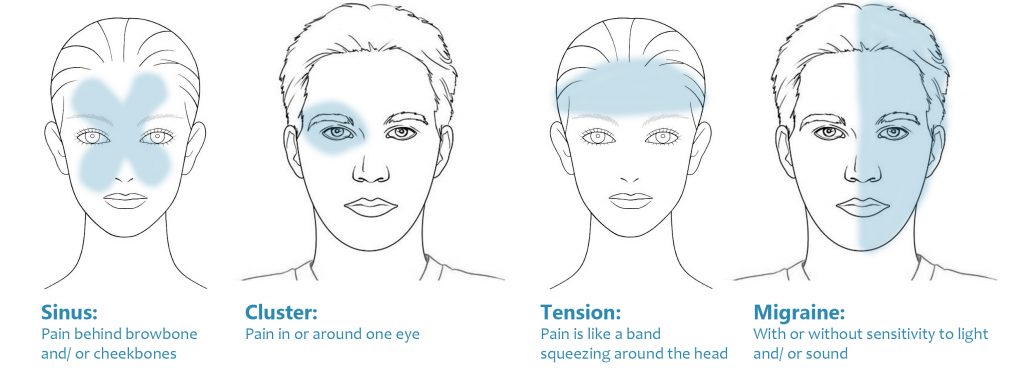Headaches are common. There are many different types of headaches but they can generally be classified into 3 types:
- Tension- type headaches
- Migraines
- Cervicogenic headaches
Tension- type headaches and migraines are primary headaches, whereas cervicogenic headaches are secondary as they are currently understood to be caused by tightness of muscles in the neck and shoulders as well as stiffness of joints in the neck. Contributing factors to cervicogenic headaches can include: stress, prolonged sitting or working in awkward neck positions, whiplash injuries, lack of sleep or dehydration. People may also experience nausea and sensitivity to light during the headache.
What does the science currently say?
The link between headaches and neck pain is the trigeminal nerve. The trigeminal nerve is a cranial nerve which relays pain signals from the head, face and upper sections of the neck to the brainstem.
What are the common symptoms of cervicogenic headaches?
- Pain in the neck and head
- Pain may also be felt in the face or jaw
- Pain in the neck is worsened with movement or staying in the same position for a long period of time
- Tight muscles
- Neck muscles may be sore to touch
How can Physiotherapy help?
A physiotherapist is able to employ a range of treatments to reduce muscle tightness and joint stiffness. We are also able to help you identify causative factors and offer advice to modify these causative factors. You will also be given stretches and exercises to help alleviate your headaches.
